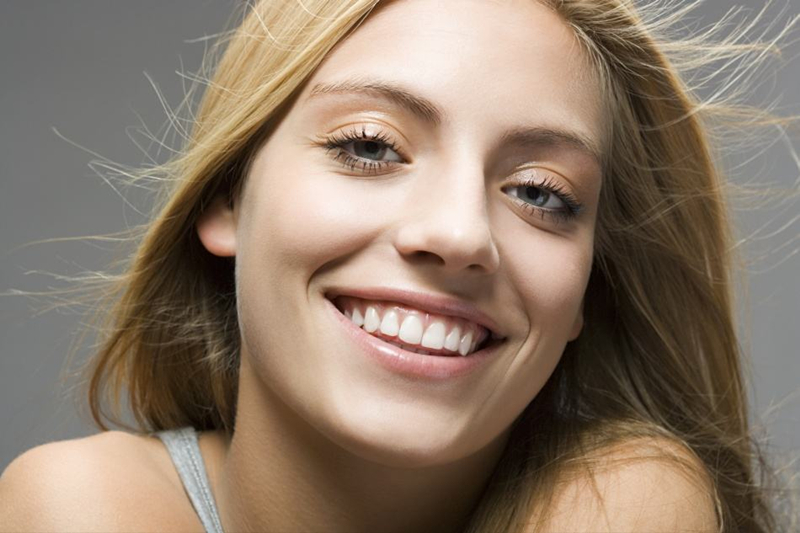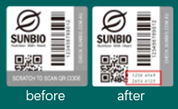
On rainy days, although the atmosphere blocks the sunlight, the same cannot be said UV. In fact, while the amount of UVB is partially reduced, however due the strong penetration properties of UVA rays its level remains very high during raining and cloudy weather. Even during clouding days, the level of UVA rays can still reach 95% of the amount in sunny days. Protect yourself every day, even when it's cloudy.
What is UV radiation?
UV radiation is part of the natural energy produced by the sun. On the electromagnetic spectrum, UV light has shorter wavelengths than visible light, so your eyes can't see UV, but your skin can feel it. Tanning beds also emit UV radiation.
Two types of UV light are proven to contribute to the risk for skin cancer:
-
Ultraviolet A (UVA) has a longer wavelength, and is associated with skin aging.
-
Ultraviolet B (UVB) has a shorter wavelength and is associated with skin burning.
While UVA and UVB rays differ in how they affect the skin, they both do harm. Unprotected exposure to UVA and UVB damages the DNA in skin cells, producing genetic defects, or mutations, that can lead to skin cancer (as well as premature aging).These rays can also cause eye damage, including cataracts and eyelid cancers.

 CN
CN 没有了
没有了

